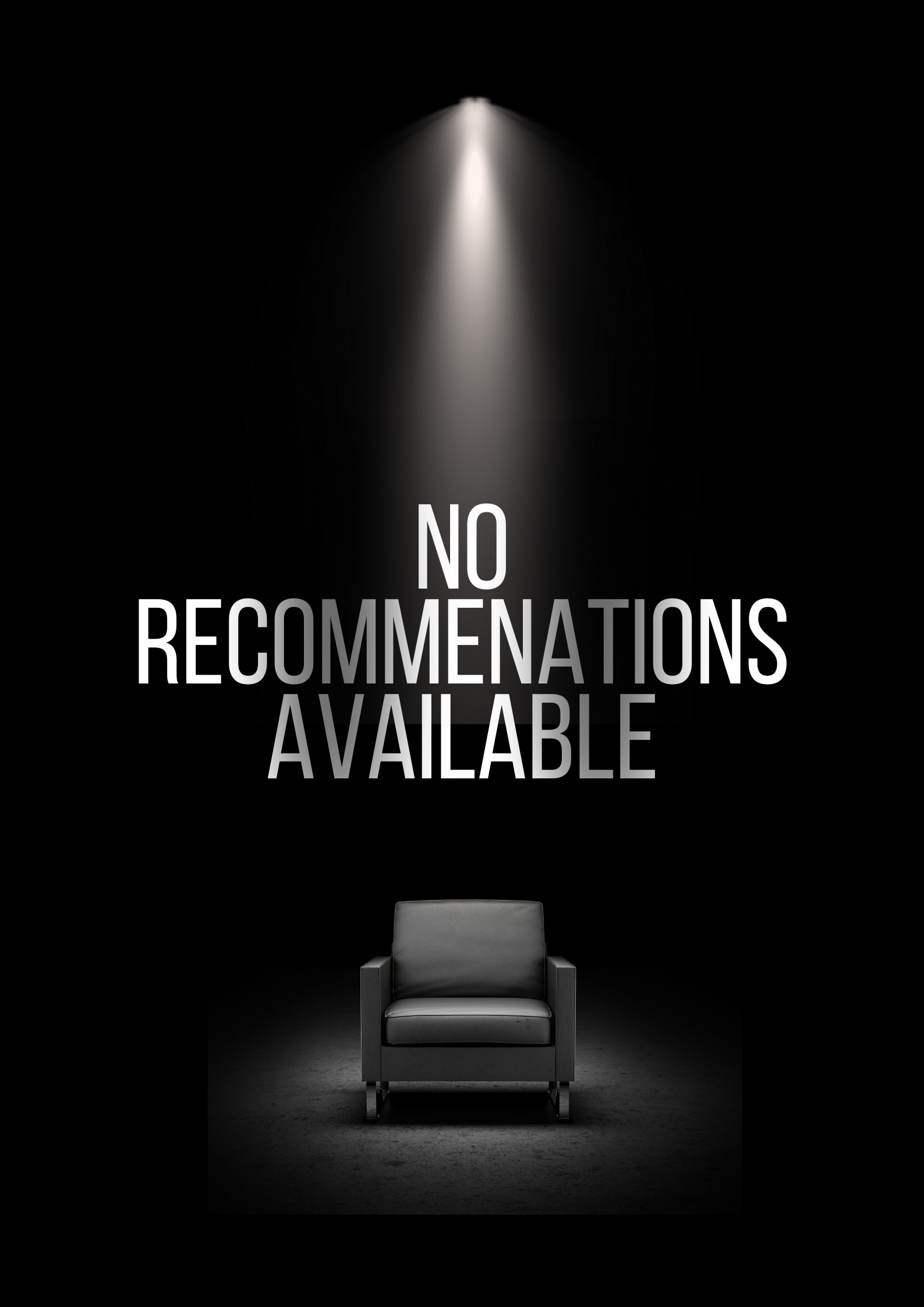Soeurs
2010
00.0(0 votes)
Documentary
Overview
Links & Resources
Social & External
Production Companies


Similar Movies
Recommended Movies

No Recommendations Yet
We're working on finding the perfect movies for you. Check back soon!
More movies coming soon




















